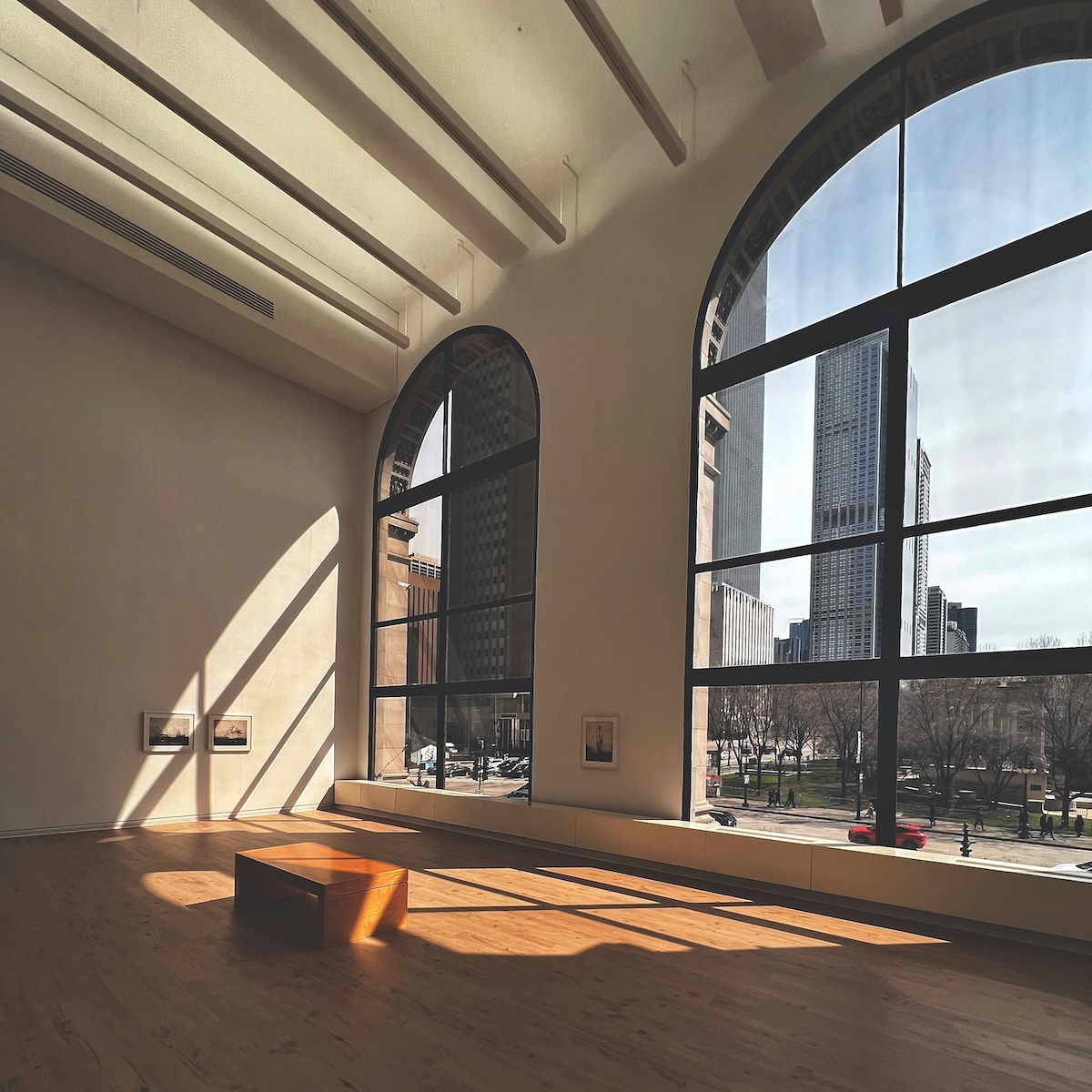Lighting is one of the most important elements of any shoot, but it doesn’t have to be intimidating. Natural light can be your best friend when shooting, especially if you know how to use it to your advantage. With just a little planning, natural lighting can give your content a polished, professional feel without the need for expensive equipment. Whether you’re shooting outside or inside, taking the time to observe how light interacts with your subject can make all the difference.
Plan for the best light
Natural light changes throughout the day, so the first step to utilising it is knowing when the lighting conditions are most favourable. Golden hour, which occurs shortly after sunrise and before sunset, is often considered the ideal time for outdoor shoots. The light is softer, more diffused, and less harsh than the midday sun, which can cast strong shadows and wash out your subject. Just be aware that the light conditions will change rapidly at this time, so you’ll need to move fast!
If you’re shooting indoors, position your subject facing a window to make the most of the natural light coming through. If the subject has their back to the window, without powerful studio lights to counteract the bright daylight, it will almost always look terrible!
Avoid direct sunlight
Direct sunlight can be too harsh, causing overexposure and unflattering shadows. Instead, try to position your subject in shaded areas if you’re shooting outdoors during the middle of the day. This will give you softer, more even lighting. We’ve used a simple white sheet before to create shade on a sunny day.
Control shadows with fill light
When shooting with natural light, shadows are inevitable, especially if your light source is coming from just one direction. To balance this out, you need another light source from a different angle, to offset those shadows: this is your fill light. Your fill light source doesn’t have to be complex or expensive. A white wall, piece of cardboard, or even a sheet can serve as a reflector to bounce the natural light back towards your subject.

Top tip: get a bounce board!
A bounce board or reflector is a fantastic, low-cost tool to help you manipulate natural light, both indoors and out. By simply reflecting light onto your subject, you get an additional light source with an angle that you can control. If you’re shooting outdoors, a bounce board can help redirect sunlight for a more flattering look. If you’re indoors and relying on window light, it can help brighten up the side of your subject that might be in shadow.
Bounce boards and reflectors come in a variety of sizes and finishes, so you can choose one that suits your setup. They can be handheld or mounted on stands, and they’re perfect for shooting with natural light, whether you’re in the studio or out in the field.
If you want support with your next video project, you know where we are – drop us a line!
Featured image by Patricia Jekki on Unsplash

